Pfizer’s New COVID-19 Vaccine Could Be A Gamechanger
Pfizer made a press release about their new COVID-19 vaccine, which can be found on their website.
November 14, 2020
COVID-19 has been a severe burden on the global population since March 2020, with the threat of widespread infection sequestering many people through quarantine. Citizens don’t have the ability to do the activities that they want or need to do for fear of contracting the virus and risk getting themselves seriously ill. Yet, the beginning of the end of the pandemic may well be on the horizon with the advent of Pfizer’s new candidate for an effective COVID-19 vaccine.
Pfizer, an American-based multinational pharmaceutical company, has partnered with BioNTech, a German biotechnology company, to develop an mRNA-based vaccine for COVID-19, aptly called BNT162b2. According to a press release from Pfizer, the vaccine has displayed an effectiveness rate of above 90% in combating the virus and preventing symptoms from emerging. This was discovered after a clinical trial consisting of 43,538 participants, with the results being reported for 94 participants in an initial analysis. One group of the participants received the vaccine while the other received a placebo for comparison. The participants who did receive the vaccine had to take it on a two-dose schedule, with immunity ultimately being achieved 28 days after the first dose. Pfizer also states that if the vaccine were to get approved, they could produce up to 50 million vaccine doses in 2020 on a global level and up to 1.3 billion doses in 2021.
Though the results indicate a promising solution to the pandemic, Pfizer and the U.S. government would have to take certain courses of action in getting it approved and then distributed throughout the nation. Dr. Matthew Ferrari, an Associate Professor of Biology at Penn State who is also on SCASD’s Health and Safety Committee, provided substantial input concerning how it would play out.
“First and foremost, the data has to be released and reviewed,” Ferrari said. “Then, the company has to reach its next study endpoints. They need to see a set number of infections across both arms of the study to make a strong statement about efficacy… This will likely happen quicker than anticipated because of the recent surge in transmission.”
Ferrari went on to discuss how distributing the vaccine would be a serious challenge considering how it constantly has to be maintained at an extremely low temperature of around -70°C. It would be difficult when factoring in its transportation, as there would also have to be a cold-chain distribution network to help preserve it. Additionally, the majority of U.S. health facilities can’t manage to store them at such a low temperature. So, either a large amount of capable freezers would have to be distributed all across the nation, or people would have to be taken across rather long distances to facilities where they would have the vaccine. It should also be noted that the double-dose nature of the vaccine would also be a challenge in getting it adequately administered to the public.
Such efforts in manufacturing and distributing the vaccines and their freezers would inevitably prove to be extremely expensive. The vaccine would require more funding for development and the workers involved in making the distribution possible would collectively have to be compensated. It would be difficult to just make it free, especially as the U.S. does not have nationalized health care to take on such a huge task.
“I think the school district will be at the mercy of whatever the national distribution plan is,” said Ferrari when addressing how SCASD would approach the vaccine. “This may, I imagine, prioritize vaccination for front line workers and essential workers. So school nurses, staff, and teachers may be prioritized to help get students back into classrooms.”
Some students at State High also held certain opinions about Pfizer’s vaccine, how the school should approach it, and how it could be a step towards returning to some semblance of normalcy.
“I think it’s hope during an uncertain time,” said Heejung Koo, a senior attending school in-person, “but we still don’t know when it’ll be able to be given to the population and it’s a question of what’ll happen if not everyone is able to get it. I don’t think this vaccine is a final solution that’ll make our lives easier in an instant as soon as it’s ready for civilian use.”
Koo also suggested that State High could have the vaccine be used as one of the shots a student would be required to take before attending school among the various other vaccines on the list.
“From what I understand about it, I think that the vaccine sounds like a great thing, but I am a little concerned about side effects,” said Nico Cárdenas-Miller, a senior attending Virtual Academy. “I know that the process in finding a vaccine was highly sped up compared to what it usually would be. I’m certain I will take the vaccine when it’s available for me, but I understand it has to go through a few high-risk groups and front line workers first. So, I imagine when it is readily available for people we should know if it is causing any severe issues. I think it’s definitely, if anything else, a massive technological achievement. I also heard however that it may not be super viable because of the temperatures it needs to be stored at, but I don’t know too much about that. I think it’s very promising, and I’ll take it when it’s available and safe.”
Additionally, Cárdenas-Miller holds the sentiment that normalcy could somewhat be reached if everyone were to get vaccinated, likely as part of a school-wide or district-wide mandate. Yet, certain practices developed during the quarantine and the pandemic would likely be preserved, such as wearing a mask in public areas or having virtual student-teacher meetings.
While Pfizer’s vaccine or even another company’s vaccine could potentially bring about the end of the pandemic and help the students of State High attend school in a safer environment, much more work needs to be done in order for this future to be attainable. Only time will tell.

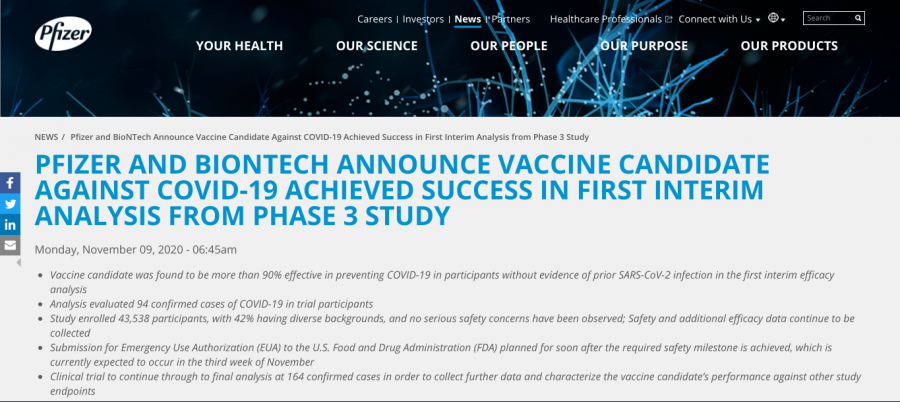

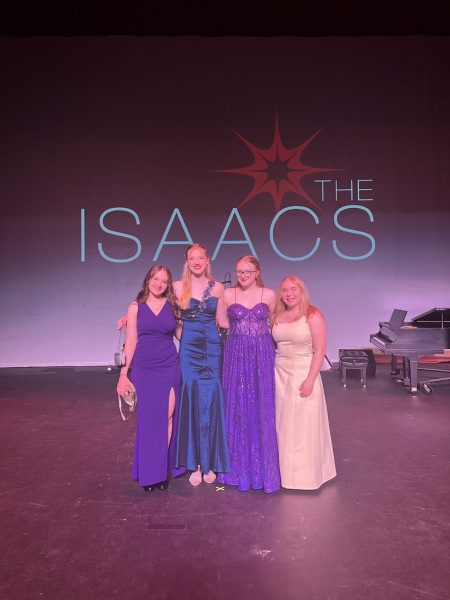


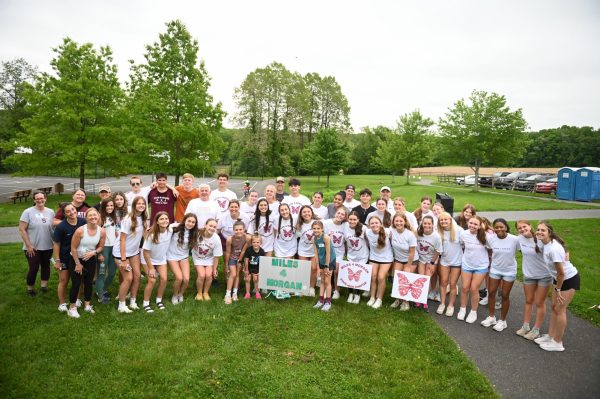

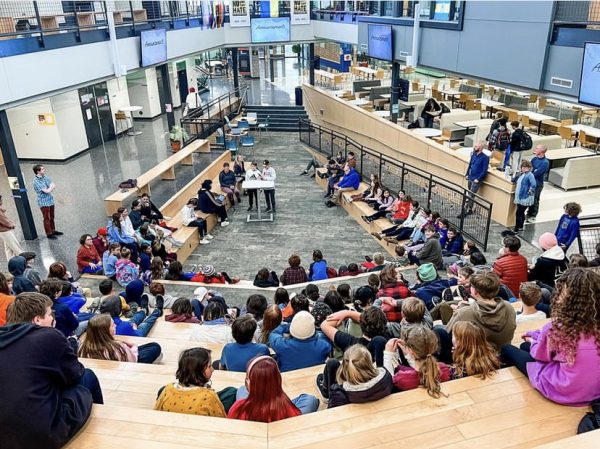
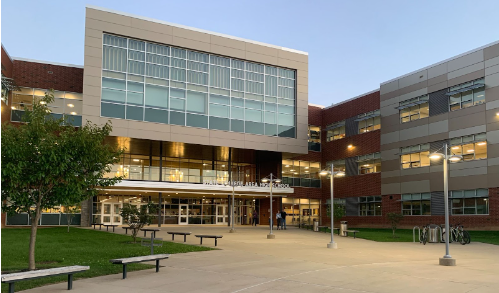

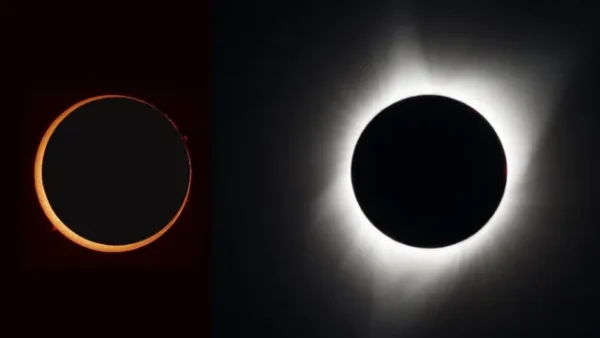
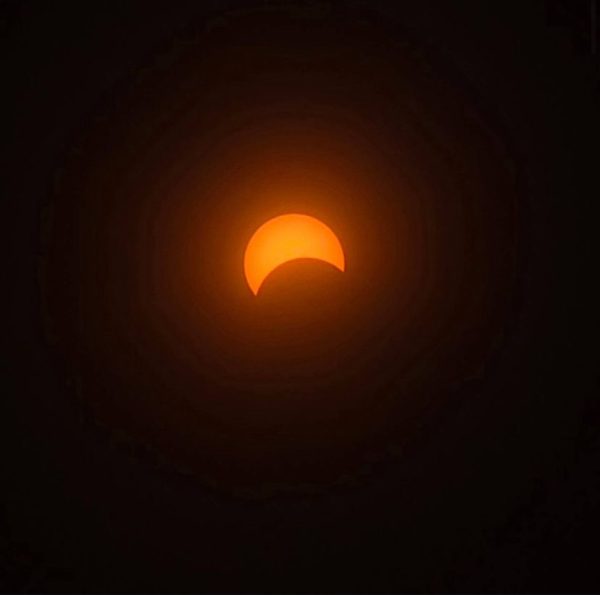
dee mayfield • Nov 19, 2020 at 12:18 AM
very informative. GTK (good to know) this stuff!
dee mayfield • Nov 19, 2020 at 12:14 AM
ok